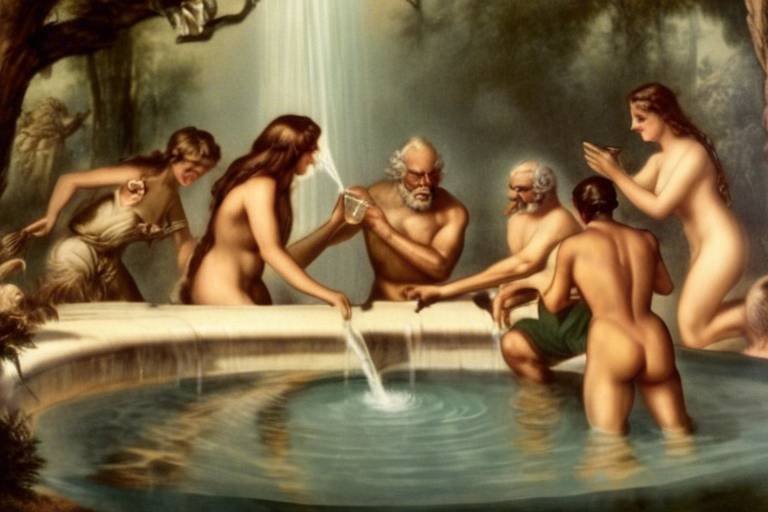The Enigma of the Ancient Maya's Political Systems
The ancient Maya civilization continues to intrigue scholars and enthusiasts alike with its enigmatic political systems. From the elaborate hierarchies to the intricate rituals, the Maya's governance structure remains a puzzle waiting to be solved. The rulers and nobles held significant power, but what truly shaped their political landscape was the fusion of religion and governance.
At the core of the Maya's political structure was a multi-tiered social hierarchy that defined the roles and responsibilities of each class. From the divine rulers at the pinnacle to the laboring commoners at the base, power and authority were meticulously distributed. The interplay between classes created a dynamic system where influence ebbed and flowed like the tides.
Rituals and ceremonies were not mere formalities for the Maya; they were the lifeblood of their governance. The divine authority of rulers was reinforced through bloodletting rituals and offerings at sacred sites. These practices were not just religious observances but strategic displays of power that solidified the ruler's position in the eyes of the people.
The organization of Maya city-states was a web of alliances and conflicts that shaped the political landscape. Rulers employed diplomatic strategies to navigate this intricate network, using warfare as a means to expand influence or protect their territories. The delicate balance of power within the city-states was constantly in flux, with alliances forming and dissolving like shifting sands.
Deciphering Maya inscriptions has been a monumental task, but the insights they provide are invaluable. From recording political events to detailing royal lineages, these hieroglyphic texts offer a window into the ideological foundations of Maya civilization. Each breakthrough in decipherment unveils a new piece of the puzzle, bringing us closer to understanding their enigmatic world.
Behind the political power of the Maya lay a robust economic system built on trade networks and agricultural practices. Tribute systems ensured the flow of wealth among different classes, maintaining the delicate balance of power. The distribution of resources was not just about sustenance but a strategic tool wielded by rulers to secure loyalty and stability.
Gender roles played a significant but often overlooked role in Maya politics. Women held positions of power within royal families, influencing decision-making and political dynamics. The interplay between gender and authority added another layer of complexity to the already intricate web of Maya governance.
As the ancient Maya civilization entered the Postclassic period, it faced a decline marked by environmental degradation, social unrest, and shifting power structures. The once-mighty political systems crumbled, giving way to transformation and adaptation. The legacy of the Maya endured, leaving a lasting impact on indigenous governance and cultural traditions.
The enigma of the ancient Maya's political systems continues to captivate researchers and enthusiasts, inspiring ongoing efforts to unravel their mysteries. Their legacy lives on in contemporary indigenous governance, reminding us of the enduring influence of this enigmatic civilization.

Ancient Maya Hierarchical Structure
Topics to be discussed in the article include the complex political structures of the ancient Maya civilization, the role of rulers and nobles, the influence of religion on governance, and the enigmatic nature of their hierarchical systems.
The ancient Maya society was characterized by a complex hierarchical structure that defined the power dynamics and social order within their civilization. At the top of this hierarchy were the powerful rulers, also known as *kings* or *k'uhul ajaw*, who held immense authority and were considered divine figures by their subjects. These rulers were not only political leaders but also religious figures responsible for maintaining harmony between the earthly realm and the supernatural world.
Below the rulers were the nobles, who served as administrators, military commanders, and advisors to the king. They enjoyed privileges and wealth, often owning vast estates and controlling resources that sustained the political system. The nobles played a crucial role in upholding the authority of the rulers and ensuring the stability of the social order.
Further down the hierarchical ladder were the commoners, comprising the majority of the population. They were farmers, artisans, and laborers who worked the land, produced goods, and supported the economy of the Maya civilization. While commoners had limited political influence, their labor was essential for the functioning of society.
The hierarchical structure of the ancient Maya was not static but rather dynamic, with individuals able to move between social classes based on achievements, alliances, or royal patronage. This fluidity in social mobility added a layer of complexity to the political landscape, shaping relationships and power dynamics within the society.

Rituals and Governance
When delving into the intricate political systems of the ancient Maya civilization, one cannot overlook the profound influence of rituals and governance on the structure of their society. The Maya's intricate religious ceremonies and rituals were not merely spiritual practices but were deeply intertwined with the political fabric of their civilization. The rulers of the Maya were not just political figures but also held divine status, acting as intermediaries between the earthly realm and the supernatural.
One of the most striking aspects of Maya governance was the practice of bloodletting rituals, where rulers and nobles would pierce their bodies to offer blood as a sacred sacrifice to the gods. These rituals were believed to ensure the favor of the deities and maintain the cosmic order essential for the prosperity and stability of the kingdom. Sacred sites, such as temples and pyramids, served as centers of political power, where rulers conducted ceremonies to assert their authority and communicate with the spiritual realm.
The Maya's intricate hierarchical structure was not solely based on secular power but was deeply intertwined with religious beliefs and practices. The divine authority of rulers was upheld through elaborate rituals that reinforced their legitimacy and connected them to the supernatural forces believed to govern the universe. By understanding the role of rituals in Maya governance, we gain insight into the complex interplay between religion and politics in shaping the dynamics of their society.
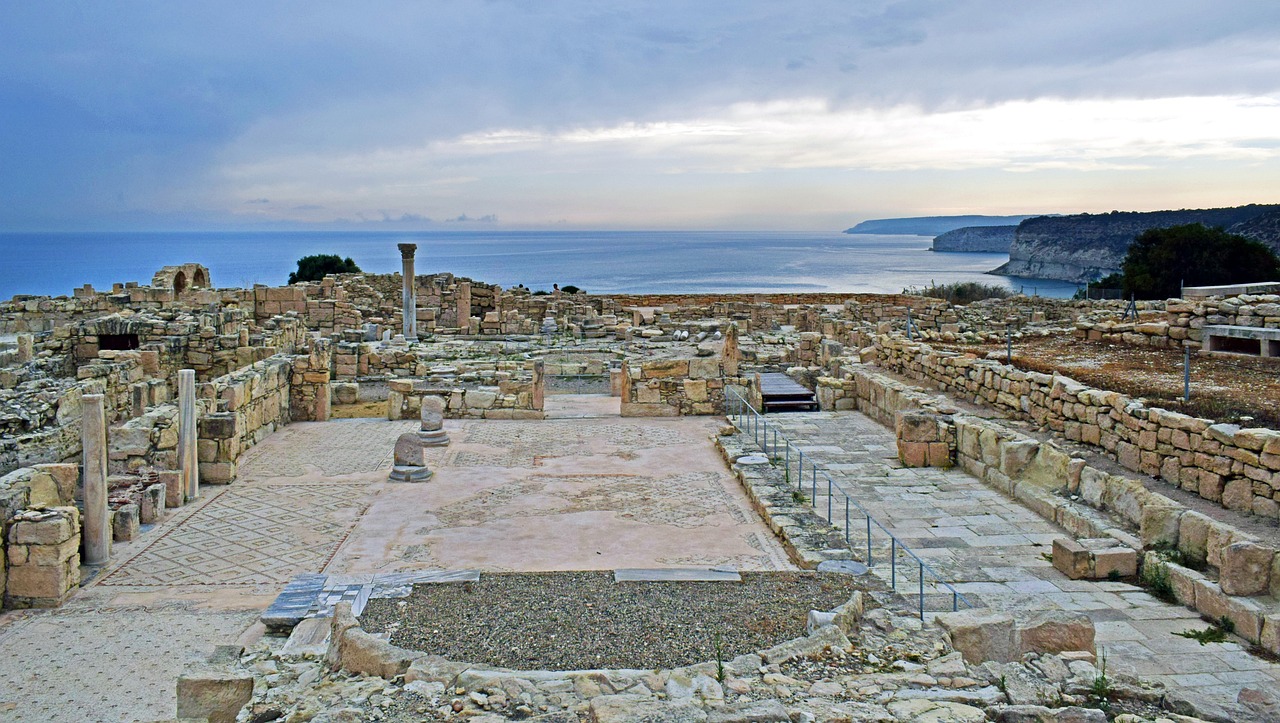
City-States and Alliances
City-States and Alliances among the ancient Maya civilization were integral to the political landscape of Mesoamerica. These city-states, such as Tikal, Calakmul, and Palenque, operated as independent political entities with their own rulers and administrative structures. The Maya city-states were not isolated entities but engaged in complex networks of alliances and conflicts to secure their power and influence.
Through diplomatic strategies and marriage alliances, rulers formed intricate networks of political relationships to strengthen their positions and expand their territories. These alliances were crucial for maintaining stability within the region and navigating the intricate web of power dynamics that characterized Maya politics.
Warfare also played a significant role in the interactions between Maya city-states. Conflicts often arose over resources, territorial disputes, or ideological differences, leading to shifting alliances and power struggles. The military prowess of rulers and their ability to forge alliances with neighboring city-states were essential for asserting dominance and securing their positions within the political hierarchy.
Moreover, the establishment of alliances enabled city-states to engage in economic exchanges, cultural interactions, and the sharing of knowledge and resources. Trade networks flourished as a result of these alliances, facilitating the flow of goods, ideas, and technologies across the Maya region and beyond.
Overall, the intricate web of city-states and alliances within the ancient Maya civilization reflected the complex nature of their political systems. By understanding the dynamics of these relationships, we can gain valuable insights into the power structures, diplomatic strategies, and interconnectedness that shaped Maya governance and society.
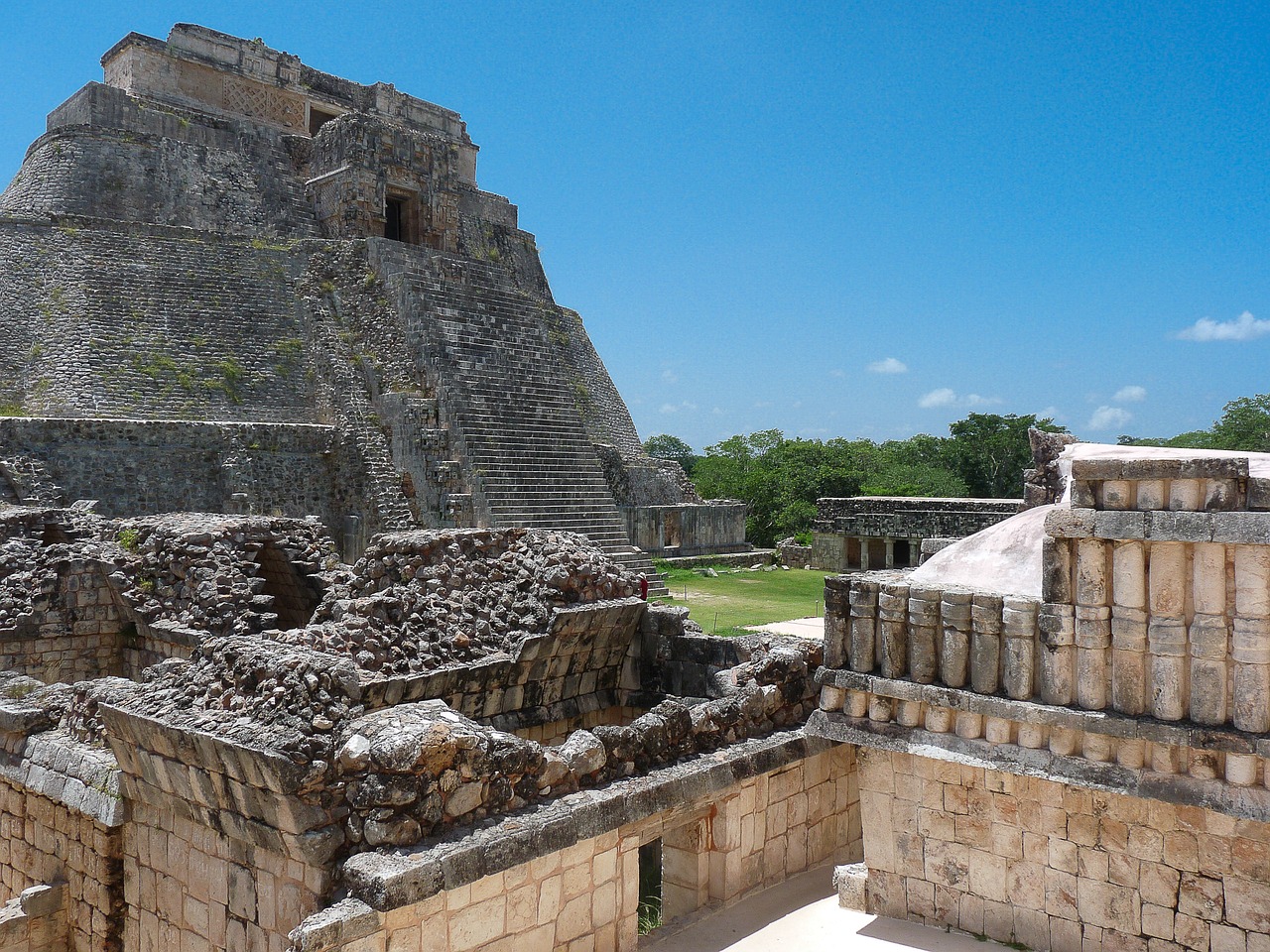
Deciphering Maya Inscriptions
Deciphering Maya inscriptions is akin to solving a complex puzzle that unlocks the secrets of an ancient civilization. The intricate hieroglyphic script used by the Maya has long fascinated archaeologists and epigraphers, presenting a unique challenge in unraveling the rich tapestry of their history and political systems. Through painstaking efforts and scholarly collaboration, researchers have made significant strides in decoding the symbolic language of the Maya, shedding light on their political events, power structures, and societal norms.
One of the breakthroughs in deciphering Maya inscriptions was the realization that the hieroglyphs represented a combination of phonetic and logographic elements, allowing for a more nuanced understanding of the written texts. By piecing together the meanings of individual glyphs and identifying recurring patterns, scholars have been able to reconstruct narratives of royal lineages, dynastic conflicts, and religious rituals engraved on stelae, monuments, and pottery throughout the Maya world.
The decipherment of Maya inscriptions has provided valuable insights into the political organization of their city-states, the role of rulers and nobles in governance, and the ideological foundations of their hierarchical systems. By studying the texts carved in stone and painted on codices, researchers have gained a deeper appreciation for the complexity and sophistication of Maya society, dispelling misconceptions and revealing the intellectual achievements of this ancient civilization.
Moreover, the deciphered inscriptions have offered glimpses into the religious beliefs and cosmology of the Maya, highlighting the intertwined nature of politics and spirituality in their worldview. From references to deities and creation myths to accounts of ritual bloodletting and offerings, the texts provide a window into the sacred rituals and ceremonies that underpinned Maya governance and legitimized the authority of their rulers.
In essence, deciphering Maya inscriptions is not just a scholarly pursuit but a journey into the heart of a mysterious and enigmatic civilization that continues to captivate the imagination of people around the world. As more texts are decoded and new discoveries are made, the intricate web of Maya history unfolds, inviting us to delve deeper into the complexities of their political systems and cultural heritage.

Economic Systems and Trade Networks
When delving into the economic systems and trade networks of the ancient Maya civilization, one cannot overlook the intricate web of commerce and wealth distribution that underpinned their political power. The Maya society was built upon a foundation of agricultural practices that sustained their city-states and facilitated trade networks spanning vast distances. Through the cultivation of maize, beans, squash, and other crops, the Maya were able to support a complex economy that thrived on surplus production and trade.
Central to the economic systems of the Maya were the tribute systems that ensured the flow of goods and resources between different regions and social classes. Rulers and nobles collected tribute from commoners in the form of agricultural products, textiles, precious metals, and other valuable commodities, which were then redistributed to maintain social order and political stability. The redistribution of wealth played a crucial role in reinforcing the authority of the ruling elite and fostering alliances between city-states.
Trade networks were essential for the prosperity of the Maya civilization, connecting distant regions through a network of roads, rivers, and maritime routes. Luxury goods such as jade, obsidian, cacao, and feathers were traded across vast distances, facilitating cultural exchange and economic interdependence between different city-states. The strategic location of major trading centers allowed the Maya to control key routes and establish lucrative trade partnerships with neighboring societies.
The economic systems of the Maya were intricately linked to their political structures, with trade routes serving as conduits for diplomatic relations, alliances, and conflicts between city-states. The exchange of goods not only fueled economic growth but also shaped social hierarchies and power dynamics within the civilization. By studying the archaeological evidence of trade networks and economic activities, researchers can gain valuable insights into the complex interplay between commerce, politics, and society in ancient Maya culture.
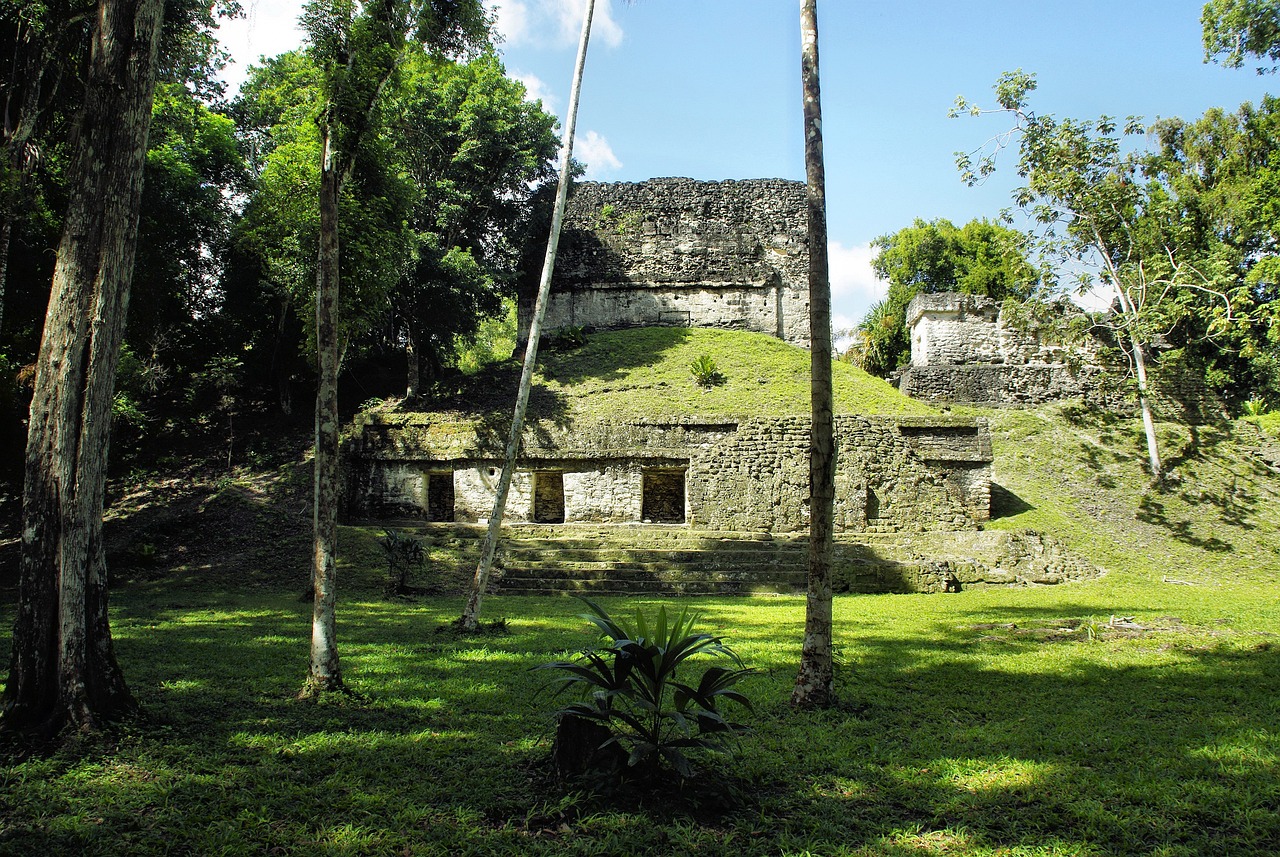
Gender Roles in Maya Politics
Gender roles in Maya politics were deeply intertwined with the social and political structures of ancient Maya society. While men often held formal positions of power as rulers and nobles, women played significant roles behind the scenes, influencing decision-making and political strategies. The power dynamics within royal families were complex, with royal consorts and female relatives exerting considerable influence over rulers. Women also held positions of authority in religious ceremonies and rituals, where their roles were crucial in maintaining the divine legitimacy of rulers. In some cases, women even ascended to the throne as queens, wielding political power and shaping the course of Maya history.
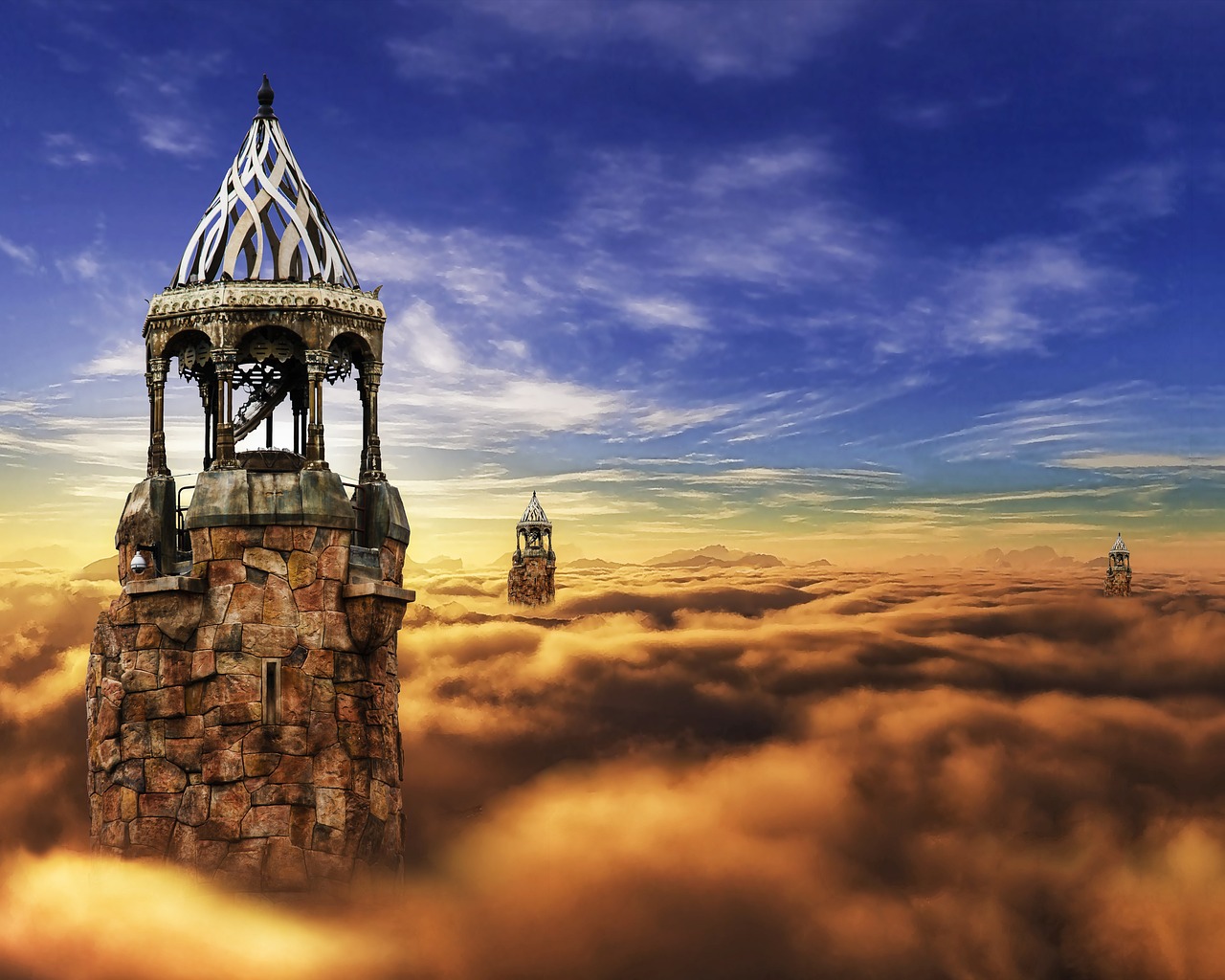
Decline and Transformation
As we delve into the tumultuous period of the ancient Maya civilization, we are confronted with the enigmatic decline and transformation of their once mighty political systems. The intricate web of power and authority that sustained the Maya society for centuries began to unravel, leading to a profound shift in the political landscape.
One of the key factors contributing to the decline of the ancient Maya political systems was environmental degradation. The relentless exploitation of natural resources, coupled with unsustainable agricultural practices, led to ecological collapse and food shortages. This environmental crisis exerted immense pressure on the political structures, destabilizing the delicate balance of power.
Furthermore, internal strife and social unrest plagued the Maya city-states, as power struggles among rival factions escalated. The once unified political entities splintered, giving rise to internal conflicts and civil wars that further weakened the governance systems. The loss of centralized authority and the fragmentation of political power eroded the stability of the Maya civilization.
Warfare also played a significant role in the decline of the ancient Maya political systems. The incessant conflicts and territorial disputes among city-states drained resources, manpower, and political cohesion. The relentless cycle of violence and conquest sapped the strength of the Maya rulers, leading to a gradual erosion of their authority and influence.
As the Maya civilization entered the Postclassic period, a profound transformation took place in the political structures. New power dynamics emerged, as traditional hierarchies crumbled and novel forms of governance began to take shape. The once dominant city-states waned in power, giving rise to new centers of authority and influence.
Amidst the decline and transformation of the ancient Maya political systems, the legacy of this enigmatic civilization endures, serving as a testament to the complexities of human societies and the impermanence of political power. The lessons learned from the rise and fall of the Maya rulers continue to resonate, reminding us of the fragility of political systems and the enduring quest for stability and order.

Legacy of the Ancient Maya
The legacy of the ancient Maya civilization continues to captivate scholars and enthusiasts alike, offering a window into a complex and sophisticated political system that thrived in Mesoamerica. The enduring influence of Maya political structures can be seen in contemporary indigenous governance practices, where echoes of the past resonate in modern decision-making processes and leadership models.
One of the most remarkable aspects of the Maya legacy is the preservation of their traditions and cultural heritage. Through meticulous efforts in deciphering hieroglyphic inscriptions, archaeologists have been able to piece together the intricate tapestry of Maya history, shedding light on their political ideologies, power dynamics, and societal norms.
Furthermore, the enigmatic nature of Maya civilization continues to fuel scholarly debates and research endeavors, as experts strive to unravel the mysteries surrounding their political systems. The legacy of the ancient Maya serves as a reminder of the resilience and ingenuity of this ancient culture, inspiring curiosity and awe in those who seek to understand the complexities of their governance structures.
Frequently Asked Questions
- What was the political structure of the ancient Maya civilization?
The ancient Maya civilization had a complex political structure that involved a multi-tiered social hierarchy. Power was concentrated in the hands of rulers and nobles at the top, while commoners made up the lower classes. Authority and governance were distributed among different social classes in intricate ways.
- How did religion influence the governance of the ancient Maya?
Religion played a crucial role in Maya governance, with religious ceremonies and rituals shaping political decisions. Rulers were often seen as having divine authority, and practices like bloodletting rituals were significant. Sacred sites held importance in the political system.
- What were the economic foundations of Maya political power?
The economic systems of the ancient Maya were built on trade networks, tribute systems, and agricultural practices. Wealth distribution among different social classes was crucial for maintaining political stability. The economy played a key role in sustaining the political power structure.
- How did gender roles intersect with politics in Maya society?
Gender roles in Maya society influenced political dynamics, with women playing important roles in politics. Royal families had power struggles, and female rulers and royal consorts had significant influence. Understanding gender dynamics is essential to grasping Maya political authority.
- What factors contributed to the decline of ancient Maya political systems?
Various factors led to the decline of Maya political systems, including environmental degradation, warfare, social unrest, and shifts in power structures during the Postclassic period. These challenges ultimately contributed to the transformation of Maya governance.













